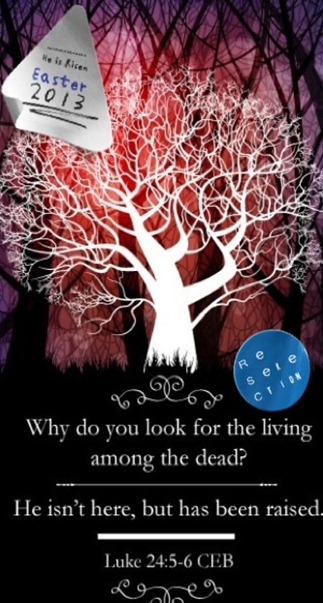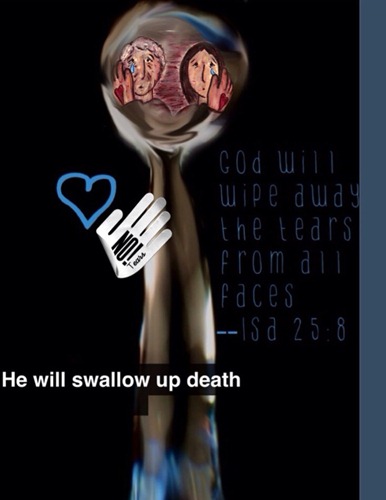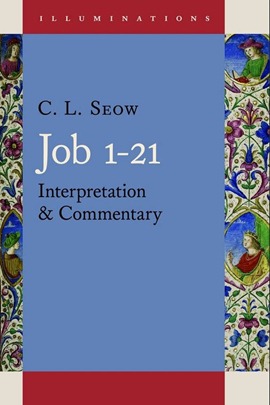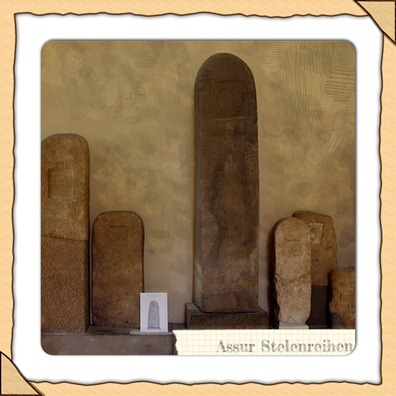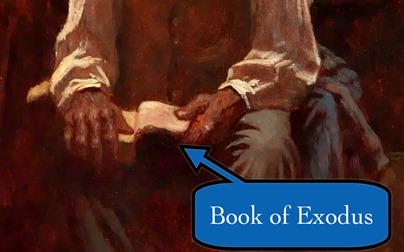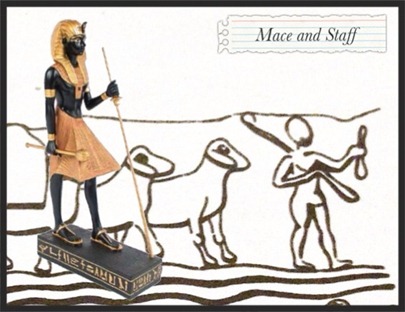Sunday, March 31, 2013
Saturday, March 30, 2013
Friday, March 29, 2013
Sunday, March 24, 2013
Tuesday, March 19, 2013
Sermon on Isaiah 43:14-21
Sunday’s lectionary reading was from Isaiah 43. Here’s a link to the sermon I preached on this text at St. Paul’s Church, Alexandria: Click here.
As an added bonus, here’s an interesting review by Cornell’s Gary Rendsburg of S. David Sperling’s work, which argues the exodus is unhistorical: Click here.
Monday, March 18, 2013
Illuminations
The sessions on the Bible’s History of Reception and Consequences at the MAR-SBL were an occasion to celebrate the new Eerdmans commentary series, Illuminations. The first volume on Job 1-21 by C. L. Seow will be out this Spring, in just a few months. In due course, I will contribute the volume on Haggai and Zechariah.
Check out the the official flyer on the new series: click here.
Thursday, March 14, 2013
2013 MAR-SBL in Baltimore
We’re in the midst of the regional SBL here in Baltimore, held at the Sheraton Baltimore City Center Hotel.
A highlight of the meetings has been a series of sessions and panels on the Bible’s history of reception and consequences. In the first of these, we had excellent presentations by C. L. Seow on the case of Gregory’s interpretation of Job (including the Cluny Abby’s stimulus of the crusades); by Michael Carasik on his work helping us all access the Miqra’ot Gedolot; and by Angela Christman on Patristic Arguments for the Polyvalence of Scripture.
Barry Gittlen’s Plenary took another look at the problem of interpreting מצבות, standing stones. Is it possible that some of them, such as those in the image below from Israelite Hazor, represent God’s worshippers (their images/likenesses present before God even when they could not be present personally)?
Among many arguments, Barry Gittlen cited the example of the rows of stone representations of princes and other royals, some with their names inscribed, found at Assur:
Wednesday, March 06, 2013
“Lord is My Shepherd,” Eastman Johnson, 1863
My student Grace King brought this painting to our attention as we studied Psalm 23 in class. The painting provoked some good comments and discussion. Now that I’ve had a chance to look at the piece more closely, I am even more intrigued by it. Johnson painted his depiction of a free black man reading Psalm 23 the year that Lincoln’s Emancipation Proclamation went into full effect. At a basic level, the young man’s literacy is a powerful statement of black inclusion in an emerging new America. Probing deeper, there is a powerful interpretation of Psalm 23 here.
Psalm 23 occurs in the middle of the Bible, but Johnson’s figure is reading the front of the Bible, the Book of Exodus (see image detail below). The artwork is thus suggesting that Psalm 23 is not the calm, individual-oriented poem that most people assume. Psalm 23 is about God vigorously leading an entire flock, as all shepherds do, not merely a private soul. Allusions to the Exodus story in the psalm convey a message of this-worldly liberation: “Let my people Go!”
The Hebrew clause "I shall lack nothing" in v. 1 of Psalm 23 recalls God's care in the exodus journey: "These forty years the Lord your God has been with you; you have lacked nothing." (Deut 2:7). The Hebrew verb for "lead" or "guide" in v. 3 of the psalm is used in a metaphor of God shepherding Israel out of Egypt to freedom in Psalm 78:52-53 (cf. Ex 13:21): “Then he led out his people like sheep, and guided them in the wilderness like a flock. He led them in safety so that they were not afraid. . . . And he brought them to his holy hill.” As J. Severino Croatto has noted, the Hebrew behind v. 3b’s “paths of righteousness” (KJV) can equally be translated as “paths of liberation.”
So the painting correctly captures how Psalm 23 is about the individual joining with an entire flock being led by God out of slavery! Such joining in God’s work of liberation may even entail taking up God’s cause of liberation into your own hands. As the detail immediately above reveals, the young man here has a Union army blanket. Has he joined with the soldiers in taking up arms against the Confederacy?
Tuesday, March 05, 2013
Psalm 23’s “Rod and Staff”
In breakout section today we were looking at Psalm 23. I continue to appreciate the way the psalm uses the implements of v. 4 as a double image. The “rod/mace and staff” have a two-fold character, in the ancient Near East being both the implements of a shepherd and those of royalty. The club/mace (שׁבט) is a weapon for attacking predatory beasts, while the staff ( משׁענת) is an instrument of guidance and a walking stick. In the image above, the shepherd on the right leads his flock with a club in his left hand and a staff over his right shoulder (third millennium cylinder seal from Uruk). Superimposed on the left is a Tut statue with golden mace in the right hand and golden staff in the left hand (cf. Gen 49:10). As Richard W. Corney has argued, v. 4 of Psalm 23 is a hinge verse, in which the herder of the first half of the psalm begins to become the royal host of the second half of poem. The psalm finds its unity in the superimposed identity of the Lord God as shepherd-king.
